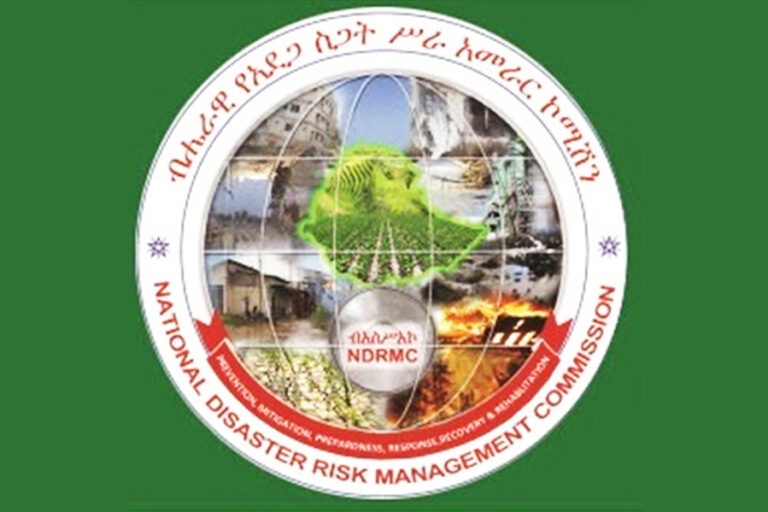Ethiopia has expressed its keenness to see more One Stop Border Posts (OSBP) with neighboring countries soon, while Ethiopia and Kenya signed operational procedure manual to accelerate the activity of Moyale OSBP.
Debele Kabeta, Commissioner of the Ethiopian Customs Commission, said that Ethiopia has interest to expand OSBP that it established with Kenya this year.
“We are on the process to establish OSBP with Djibouti, which is the major outlet for Ethiopian cargos, on two directions via Galafi and Galafi ,” he said.
According to the Commissioner, the required facilities at Dewale of Ethio-Djibouti border have been done and that the only thing remaining is to make operational the OSBP through the operational procedure manual that Ethiopia signed with Kenya this week for Moyale OSBP.

“Regarding Galafi, the two countries have reached an agreement and Trademark East Africa (TMEA), which provided technical support on the realization of Moyale OSBP from inception, is expected to handle the facilitation of the required process,” Debele added.
Ethiopia has also targeted to establish OSBP with Eritrea through Asab, “so far Ethiopia has prepared required customs precondition to form relation ship with Eritrea and customs protocol and structure have developed and provided for Eritrean Foreign Ministry.”
“Similar relation with Somalia, South Sudan and Sudan is expected to be realized as per the government decision, while under the ten year plan the Customs Commission has set to make similar OSBP platforms shall be realized through the support of TMEA and other nongovernment organizations,” he added.
Ethiopia and Kenya through the Ethiopia Customs Commission and the Border Control and Operation Coordination Committee respectively have signed the operational procedure manual in a ceremony held in Addis Ababa on Wednesday September 15 and attended by key private and public sector players from both countries. This follows the inauguration launch on 9th December 2020 by the heads of both Governments and the subsequent commencement of One Stop Border Post (OSBP) Operations, on 8th June 2021.
Debele reminds that the two countries have historical and strong relation and at the same time the Continental Free Trade Agreement has come through which will improve the relation between neighboring countries in different relations including social and economic areas.
“The manual will make the operation at Moyale more profound which shall also expand the cooperation at the border area. Both countries have huge market and investment potential which is beneficial, due to that cooperation is crucial,” Debele told media after the signing ceremony.
“Meanwhile, we are similar people and have long relation, we have never tapped the benefit that was supposed to be attained, rather illegal activities like contraband and human trafficking were a challenge that is solved under the OSBP,” he added.
The OSBP operations manual will guide government officers of the border regulatory agencies in successful implementation of coordinated border management operations, so as to improve border crossing efficiencies, by making border clearance processes easier, faster and cheaper for traders, transporters and travelers, without compromise to the border regulatory requirements.

Wilson Njenga, Internal Security Secretary, who led the Kenyan delegation, said the signing of the Moyale OSBP Procedure Manual is a step towards enhanced cross-border trade and movement of persons between the two countries.
He added that the OSBP is highly dependent on the Lamu Port- South Sudan-Ethiopia-Transport (LAPSSET) Corridor Project as it will ensure growth arising from better services and improved infrastructures.
Kenya Revenue Authority (KRA) Commissioner for Customs and Border Control, Lilian Nyawanda, on her part, emphasized the need to simplify trade to ensure goods flow seamlessly and within the confines of the customs laws.






